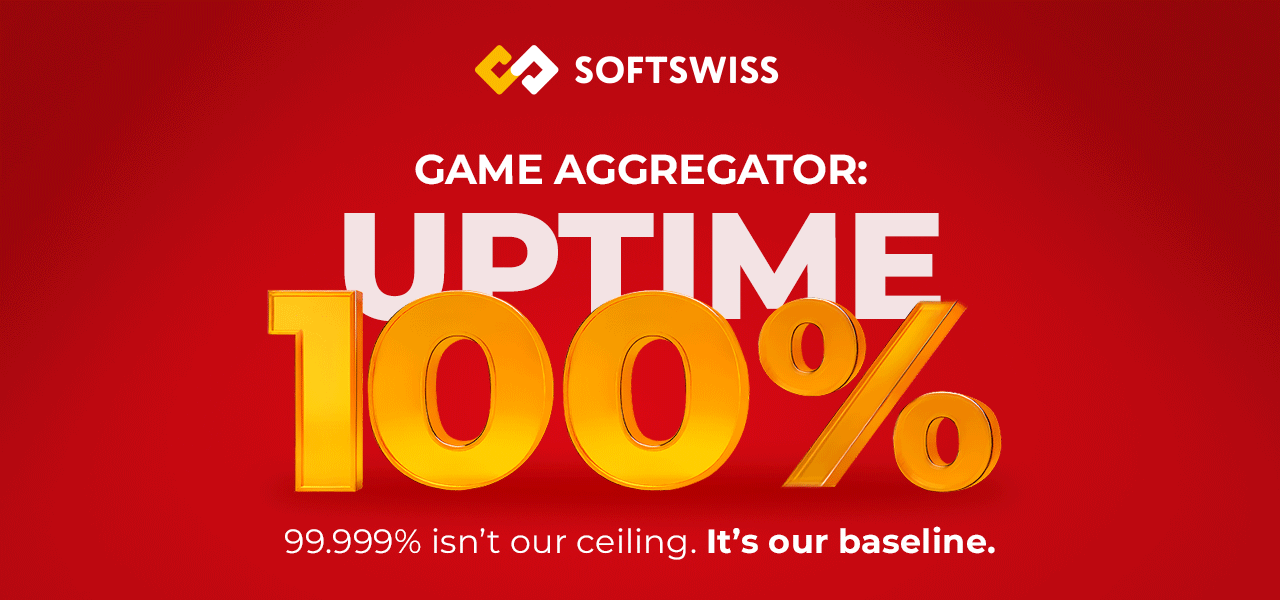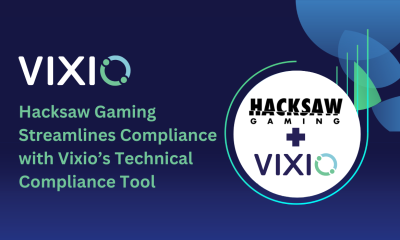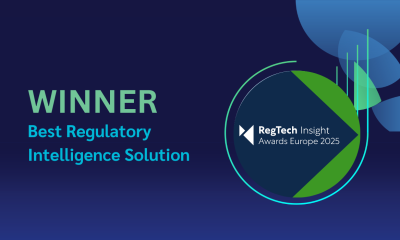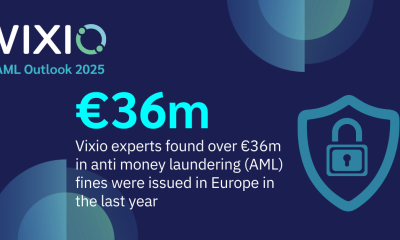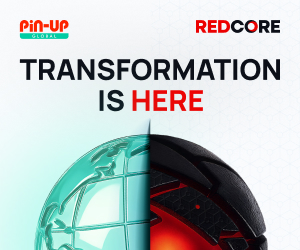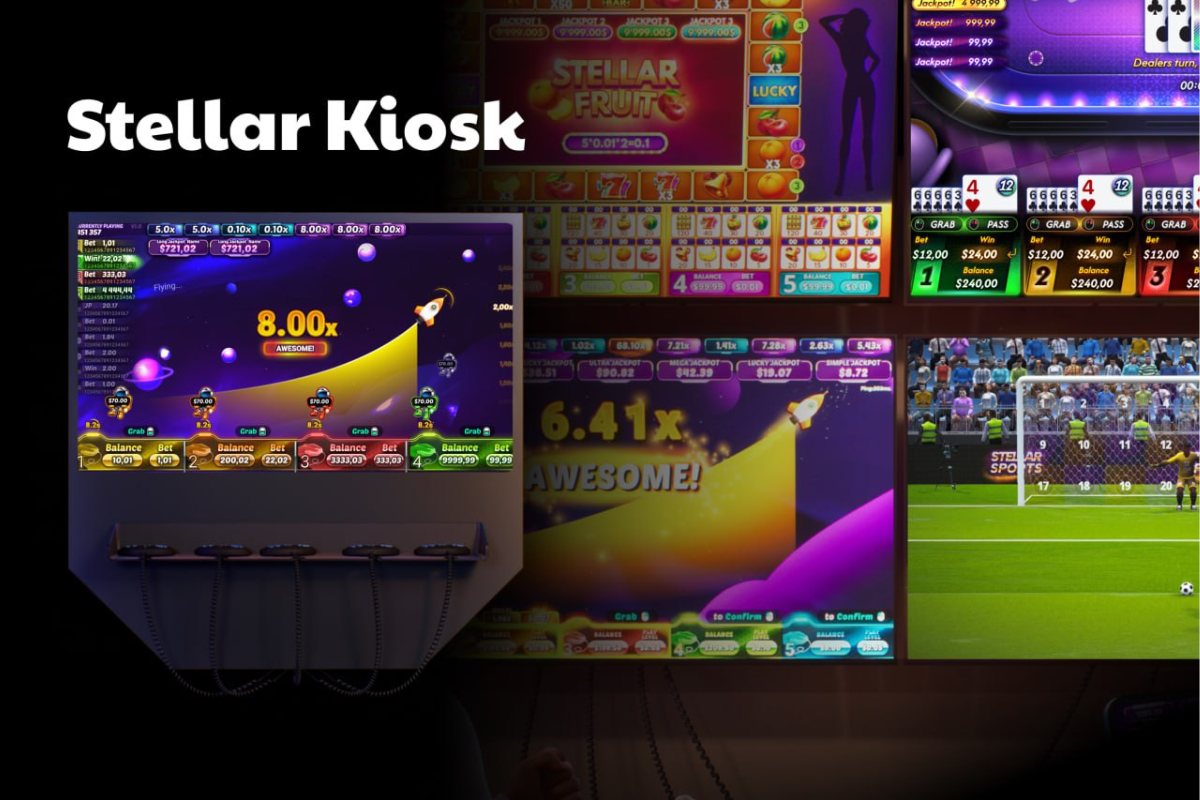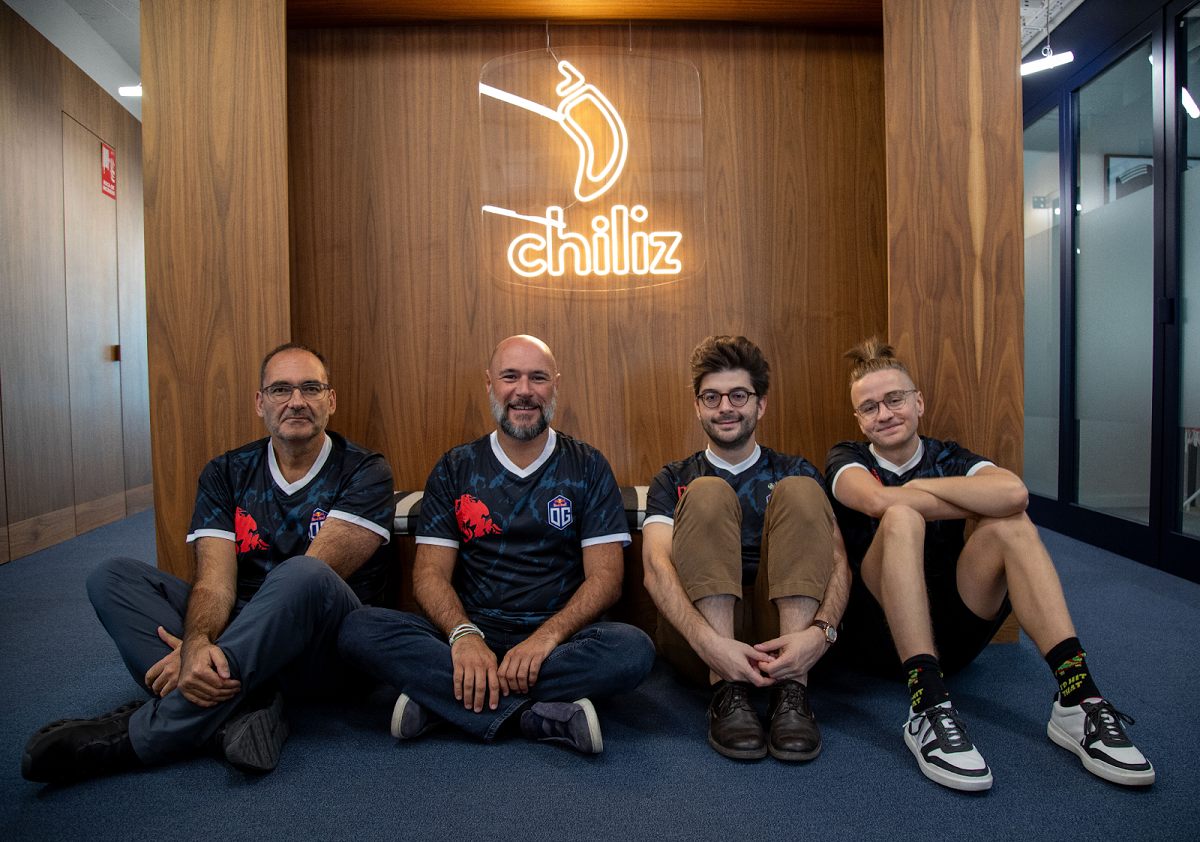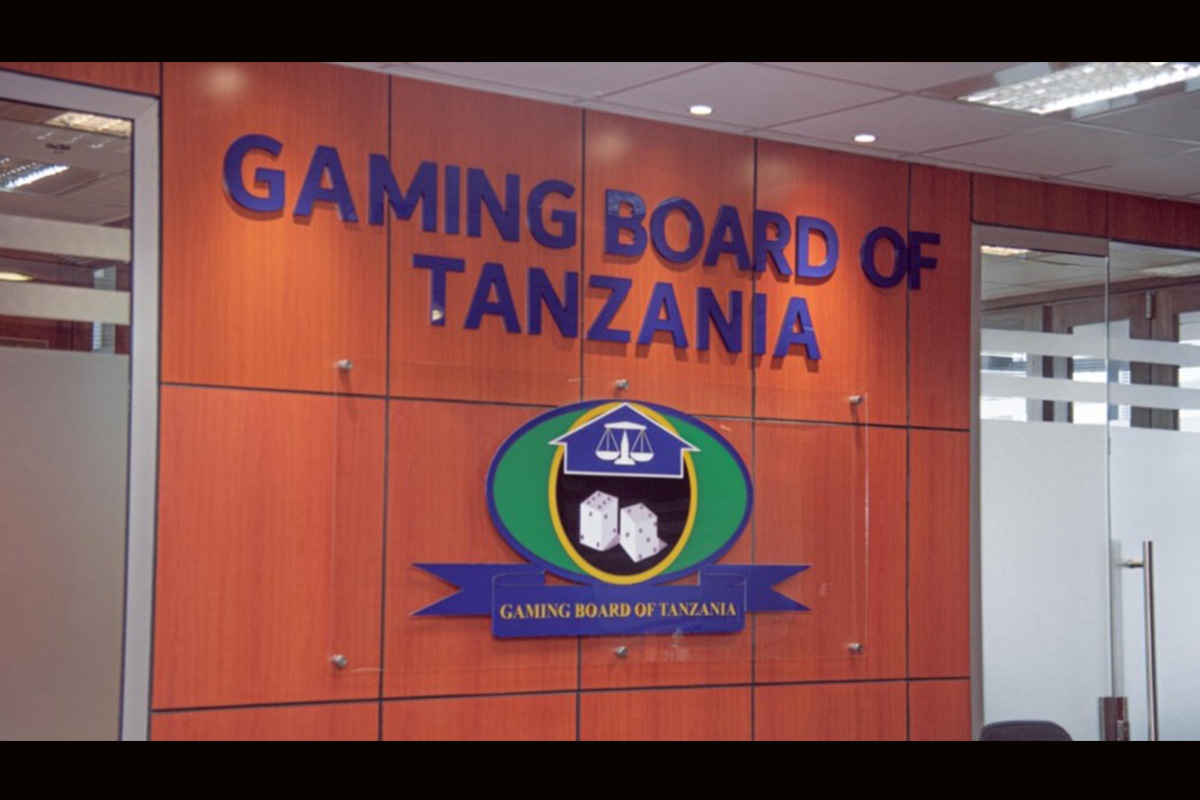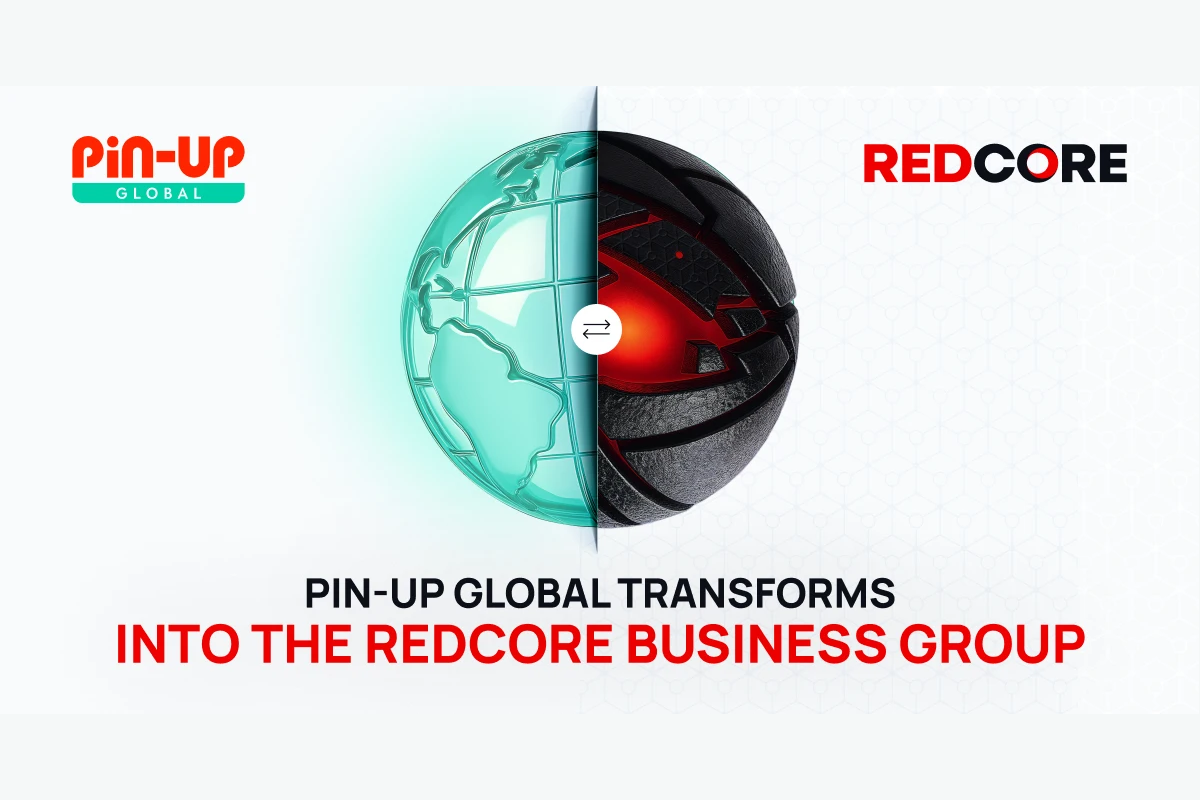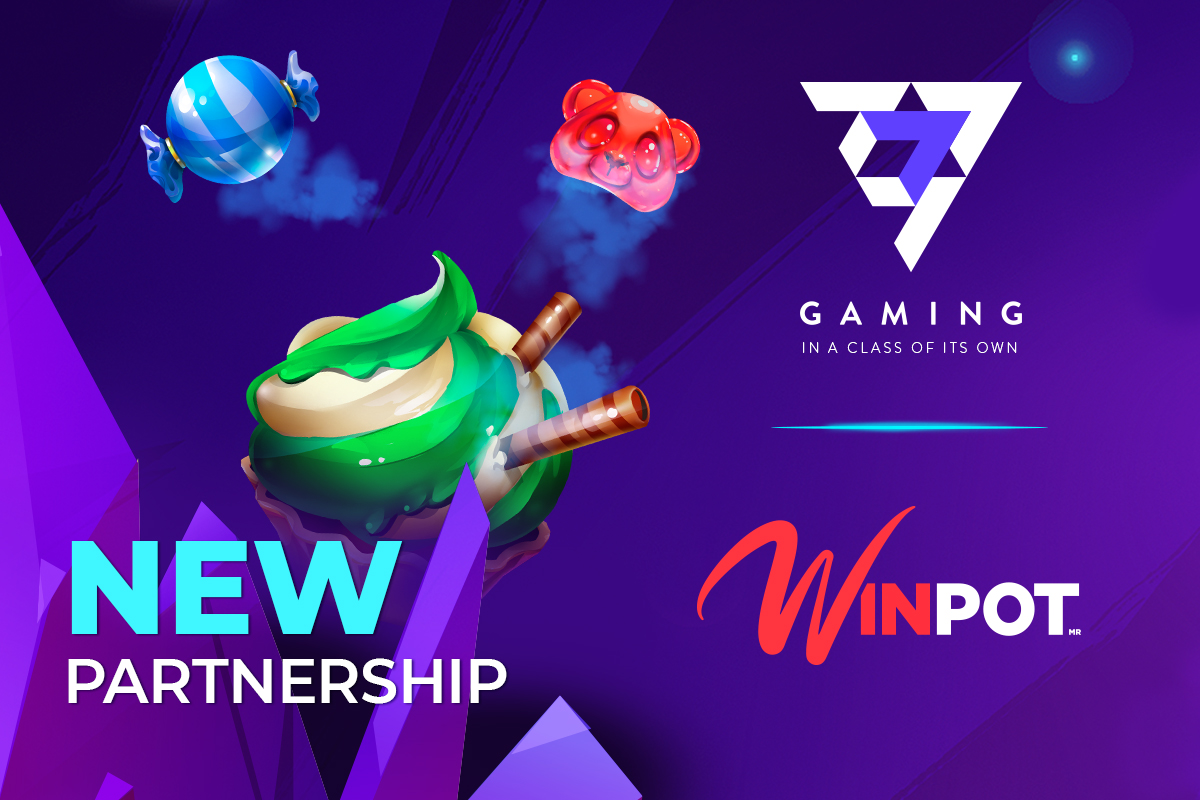Compliance Updates
Tips and strategy for Technical Compliance Excellence
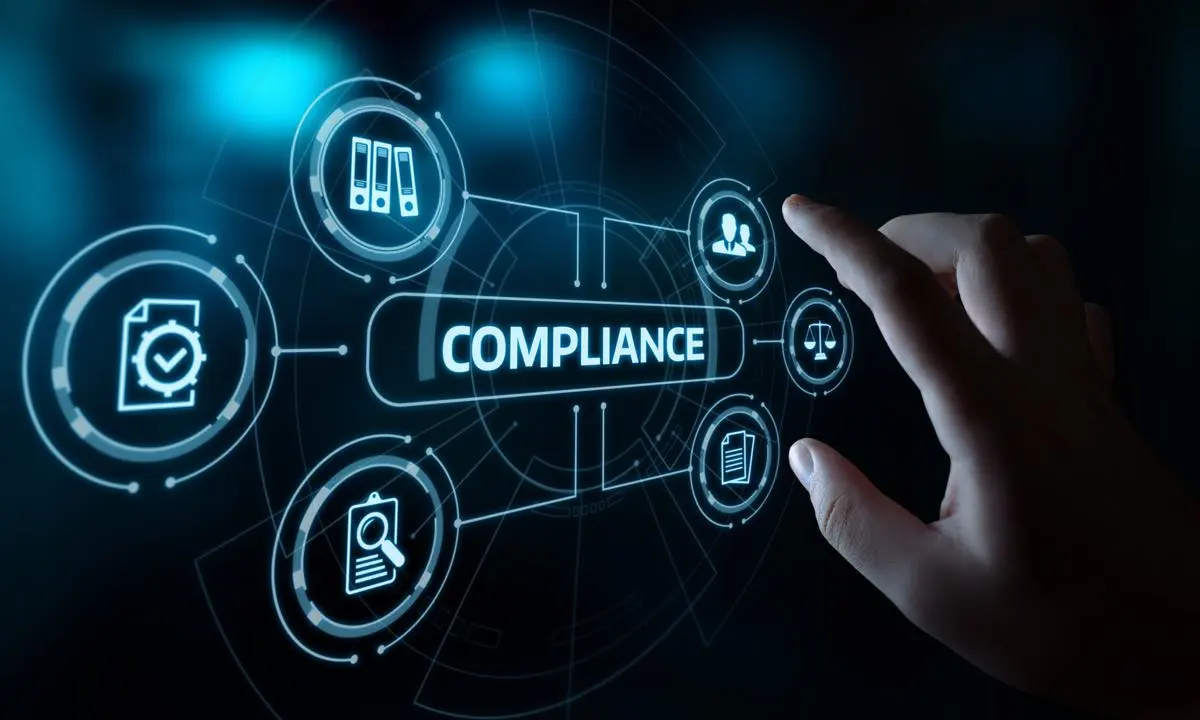
By Miriam McCoull, Head of Complitech at ComplianceOne Group
In today’s fast-paced gambling industry, compliance is essential for your business. In my 17 years in the business, I’ve seen how to do it right, and how to do it wrong.! However, by adhering to simple best practices for technical compliance, you can stay ahead of regulatory changes and ensure ongoing compliance. In this article, I want to share with you some tips and strategies to help you achieve technical compliance excellence through best practices for regulatory changes, market-entry, market comparison, and more. Let’s get started!
Regulatory change best practices
You should always be on the lookout for regulatory change if you want to guarantee that you maintain high standards of technical compliance. Nobody wants to tell upper management they overlooked a significant change that impacts operations and sales or is subject to regulatory action. So, you should think about putting the following into practice to avoid making these expensive errors.
Assign a team or individual responsible for regulatory monitoring. This staff should have a clear understanding of the relevant regulations and compliance requirements and be equipped with the means to remain current with them. The next step is to identify the relevant authorities that oversee iGaming and Betting in the markets you operate or intend to operate. Once you’ve done that, you can establish clear lines of communication and stay updated via their websites, newsletters, and social media channels, along with industry resources. Using a service like Complitech’s Compliance Monitor service keeps you informed of developments based on your specified market preferences, is another complementing strategy.
Still, monitoring is not the end of it. Understanding the effects on your current product offering and operations is crucial once you have access to the requirements and any changes to them. You may easily determine the criticality of impacted components and evaluate new compliance risks by mapping the modifications against baseline standards and internal controls.
Finally, you will need to draft an action plan and roadmap with deadlines that correspond with the date(s) on which the changes come into effect. the identified compliance risks must be addressed in this strategy, together with the controls necessary to lessen the risks and guarantee continued compliance. You’ll typically be looking at updates to products, recertification, and approvals, as well as updates to policies, processes, and procedures. It’s common to have to update key documentation, which is a necessary but tedious task.!
Market entry best practices
As you already know, there are multiple keys to a successful market entry. The creation of a multi-functional team comprising members from crucial departments guarantees the prompt identification and resolution of all of the necessary actions for a market entry.
It’s a good idea to constantly have a solid rapport with the regulator in order to obtain clarification of laws, regulations, and guidelines as needed, as the regulator and the controlling regulatory framework frequently allow for interpretation. Keep in mind that interacting with them through their preferred means and languages can help you get the information you require! If you are still left feeling confused after receiving no answers, seek the assistance of professionals who focus on technical and regulatory compliance. Once you are certain you have a clear picture of the relevant requirements, you should use a technological solution to transform them into a compliance obligations register. In this manner, before moving forward, you may quickly disseminate internal terms to carry out high-level gap analysis and evaluate the business case. You also have the basis for internal audit checklists that can assist you in monitoring ongoing compliance once you have gone live by converting them into a format that is accessible to the entire organization.
Developing an action plan and roadmap outlining all the steps that need to be performed to launch in the market, including product modifications, new procedures and guidelines, information security audits, pre-release compliance verification, and regulatory approval, is the next stage in entering the market. It’s also essential to be prepared for going live and preserve market presence by complying with ongoing technical compliance. Make a plan for managing product changes and incidents in a compliant way, along with ongoing post-launch compliance verification, inspections, etc. This is something frequently forgotten, and if you fail to prepare, you are certain to experience significant headaches trying to understand critical issues in the early days of a market launch.
Market comparison best practices
Another best practice is benchmarking new markets using technology solutions to compare the new market compliance obligations with the established markets you understand and comply with. This will assist you in determining how requirement similarities and differences.
The simplest approach to do this is to make a list of requirements arranged by product vertical and regulatory area, after determining the requirements for each market you wish to compare. This facilitates the process of side-by-side comparison of market requirements in order to identify commonalities and discrepancies. The next step is to analyze the similarities and differences between the requirements and determine what the differences mean for the business. For example, which can you consider you currently comply with versus those requiring risk assessment and mitigation? If you are lucky there is a high percentage of similarity, and no major development efforts to adapt your product for the market. Alternatively, you might have significant work to add new responsible gaming features or develop a data vault to make data available to the regulator.
No matter how big or small, you should always develop a plan to address the similarities and differences. A thorough plan gives confidence to you and the business that your products, policies, or processes will comply and open the door to new revenue streams.
Conclusion
Compliance is not a one-time effort. It is essential to stay on top of monitoring changes, gathering new requirements, and understanding how requirements impact your products. To do this you need to heavily invest in an internal team or external support as well adopting some of the regulatory intelligence products available such as Vixio, and Complitech, which can help you save time, money, and lots of headaches!
-
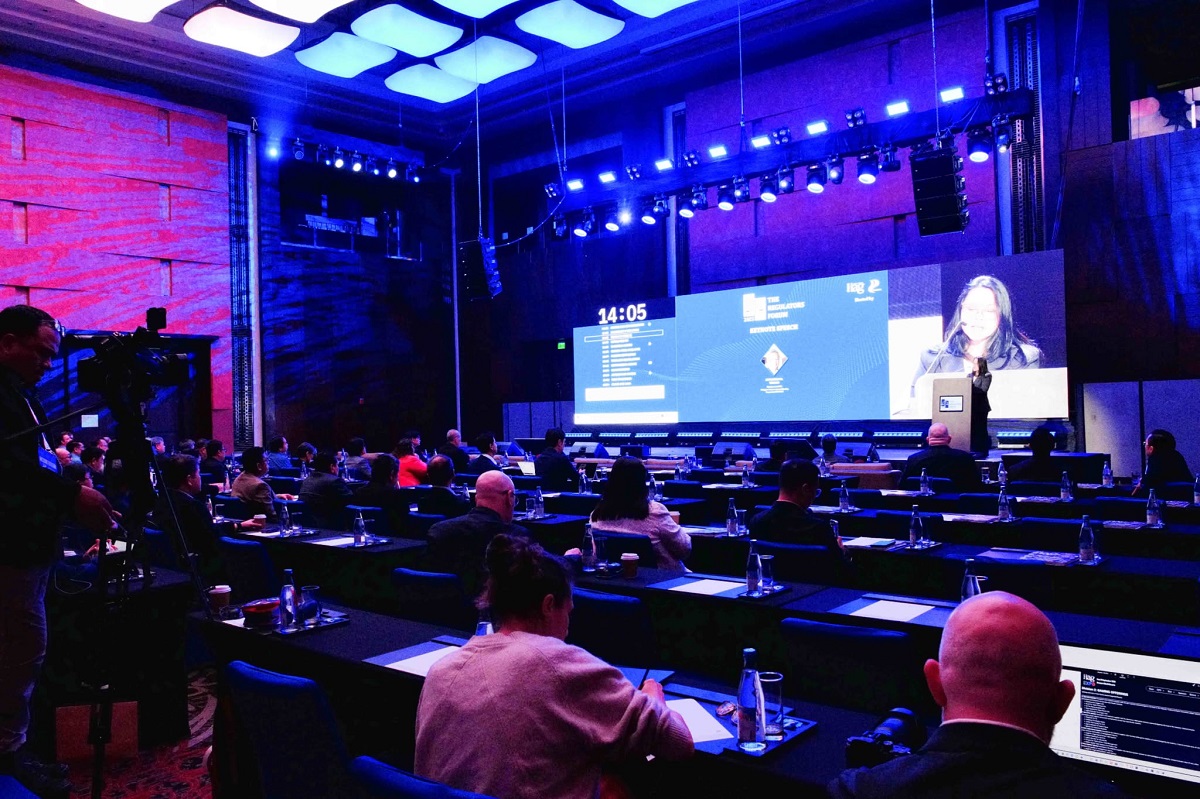
 Asia6 days ago
Asia6 days agoDigital gaming disruption tackled in 1st AsPac Regulators’ Forum
-
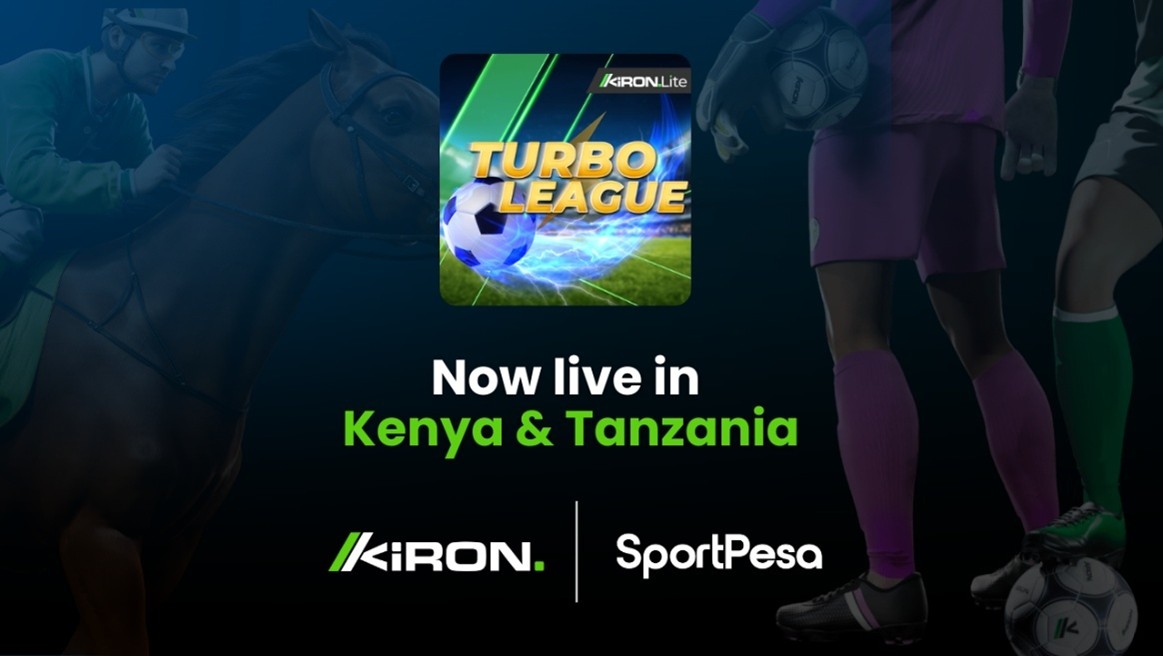
 Africa7 days ago
Africa7 days agoKiron announces the launch of its new virtual football title, Turbo League, with SportPesa in Kenya and Tanzania
-
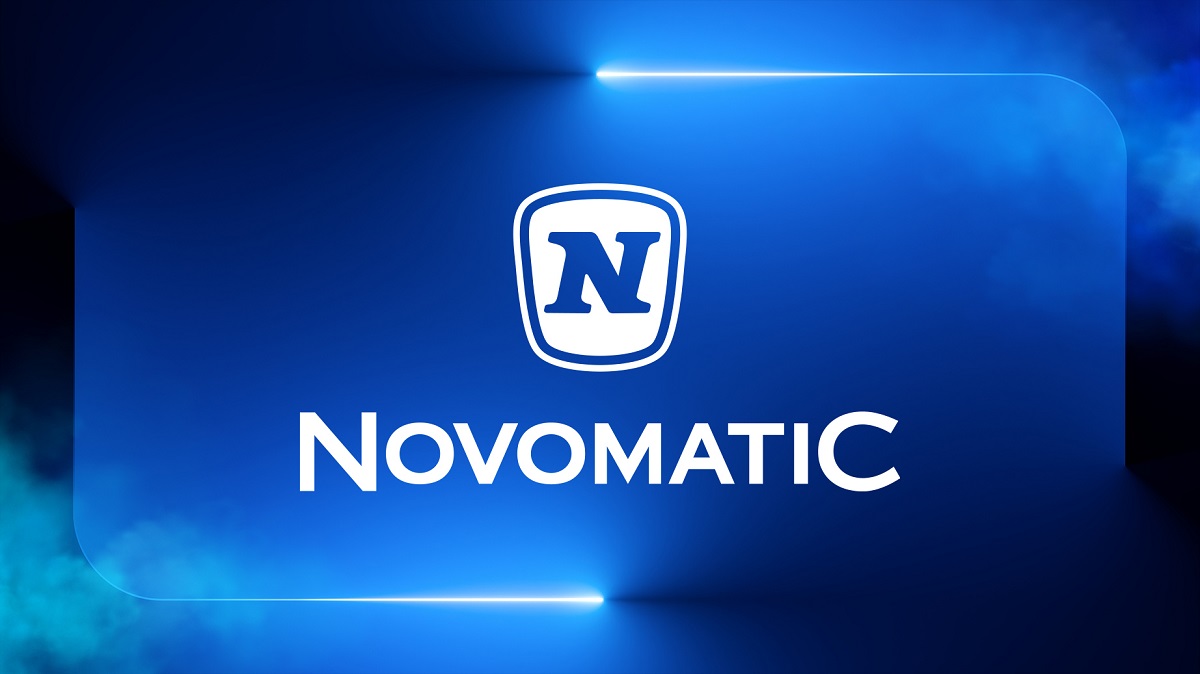
 Aquisitions/Mergers7 days ago
Aquisitions/Mergers7 days agoNOVOMATIC successfully completes sale of ADMIRAL Austria to Tipico and focuses on international growth markets
-
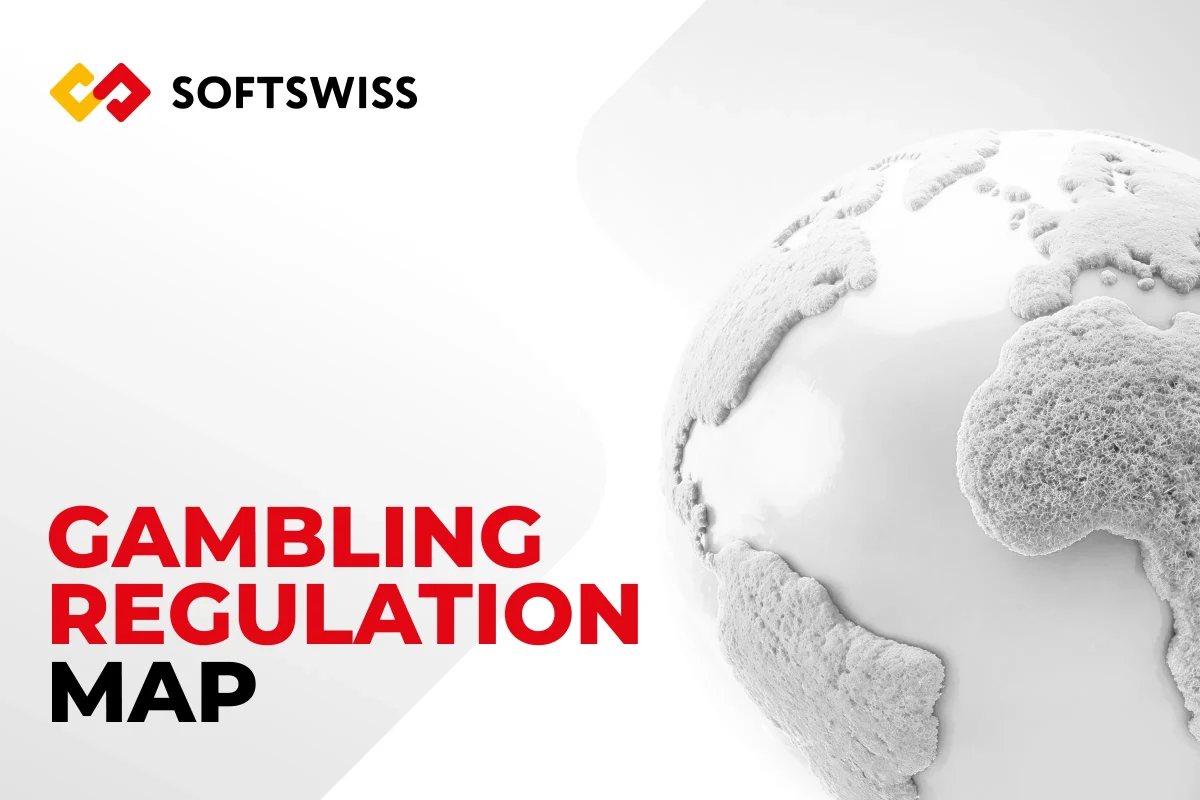
 Compliance Updates7 days ago
Compliance Updates7 days agoSOFTSWISS Releases Gambling Regulation Directory for iGaming Operators
-
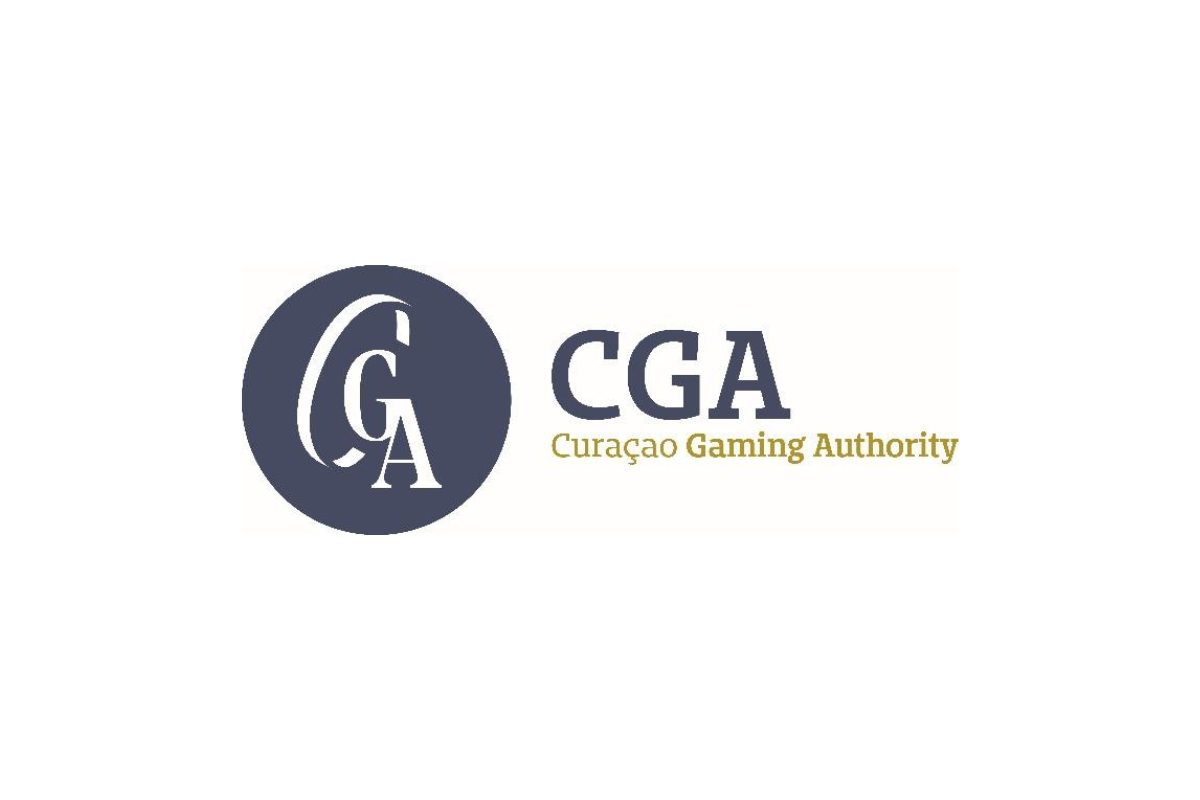
 Compliance Updates7 days ago
Compliance Updates7 days agoAlternative Dispute Resolution (ADR) Role and Certification
-

 Asia6 days ago
Asia6 days agoiRace Media extends partnership with The Hong Kong Jockey Club in Asia
-
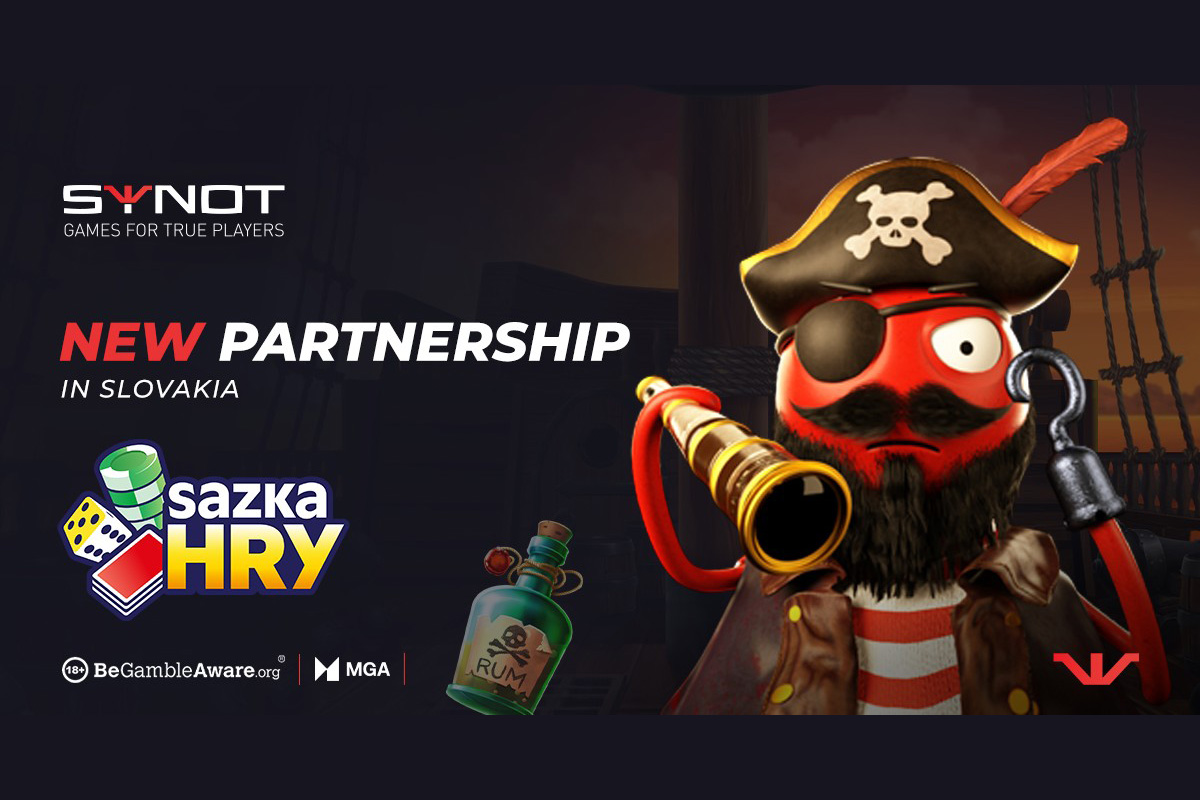
 Central Europe7 days ago
Central Europe7 days agoSYNOT Games Delivers Bespoke Games Exclusively for SazkaHry.sk in the Slovak Market
-

 Latest News7 days ago
Latest News7 days agoFlutter UKI Invests Nearly £7M into Community Sports

